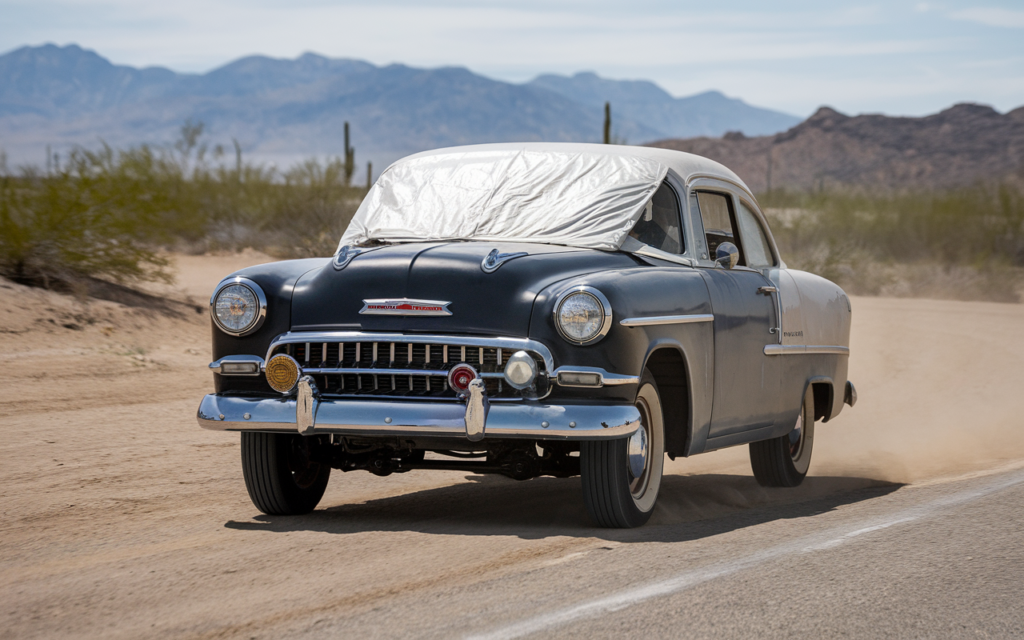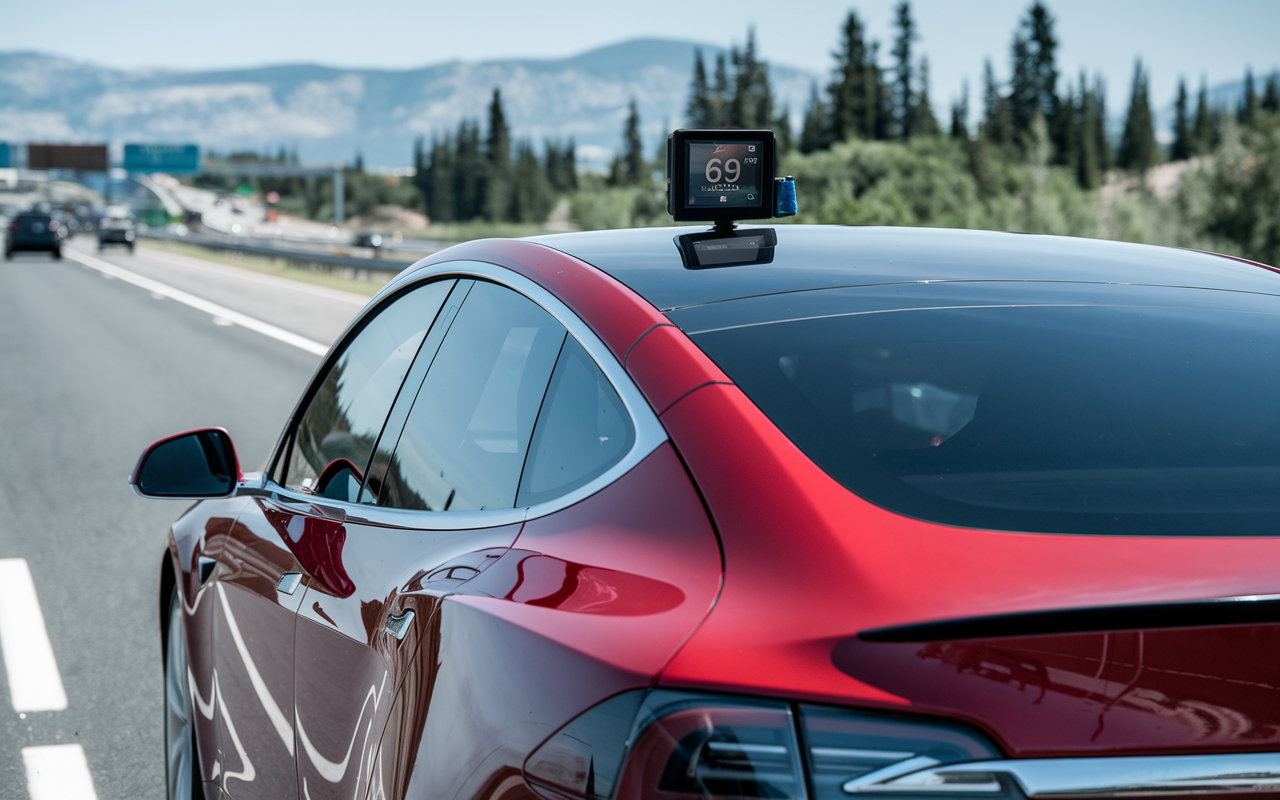Introduction
Tourism is an indispensable component of people’s existence. Be it business or pleasure, a tour can be most fruitful if different aspects of distance, time, and velocity are best comprehended. In this article, I’ll go through all the rather amusing specifics of a drive that will cover 284.49 miles in 4.35 hours. This sort of journey presents a wonderful chance to understand the details of movement, the principles of efficiency, and many other aspects of such a trip. In the course of this, we will repeat over and over again the idea to ease understanding and comparison, namely, a car travels 284.49 miles in 4.35 hours.
Understanding the Basics of the Journey
When we say that a car travels 284.49 miles in 4.35 hours, we are showing an example of how distance, time, and speed interrelate in real-life situations. The distance which was covered by calculating the total mileage of the trip is 284.49 This distance is substantial if it is mainly driven across the highways or the city or countryside roads. The time taken 4.35 hrs denotes a reasonably long time. Therefore, such pixels can arrive at destinations that could have experienced consecutive but interrupted mobility.
The Dynamics of Speed and Efficiency
It is illustrated by the fact that a car travels 284.49 miles in 4.35 hours; nothing is more important than maintaining a steady speed. Deviation in speed for a number of reasons, such as traffic congestion, road conditions, or driver behavior, will have a drastic impact on the total time of travel. A steady speed close to the average ensures not only timely arrival but also optimal fuel consumption.
Fuel efficiency often correlates with the speed of travel. At approximately 65.39 mph, most cars operate within their optimal range of fuel efficiency. Maintaining this speed minimizes energy waste and reduces environmental impact. When a car travels 284.49 miles in 4.35 hours, it’s likely that the driver adhered to speed limits and avoided unnecessary acceleration or braking.

Road Conditions and Their Influence
The journey in which a car travels 284.49 miles in 4.35 hours might encompass various road types. Highways typically allow for higher speeds and smoother travel, contributing to the calculated average. Conversely, urban roads and rural paths can introduce factors such as traffic lights, stop signs, and uneven surfaces, which can disrupt consistency.
Weather conditions also play a critical role. A clear, sunny day facilitates better visibility and smoother travel. On the other hand, rain, snow, or fog can slow the journey and reduce the average speed. The fact that a car travels 284.49 miles in 4.35 hours suggests favorable conditions and skilled navigation by the driver.
The Role of Vehicle Performance
Not all cars can sustain an average speed of 65.39 mph over a prolonged period. For a vehicle to travel 284.49 miles in 4.35 hours, it must be in excellent mechanical condition. The engine, transmission, tires, and braking system all contribute to overall performance. Regular maintenance, such as oil changes, tire rotations, and brake checks, ensures that the vehicle can handle such demands.
However, today’s vehicles containing features such as cruise control and Global Positioning System made it easier for long distances t afford. There is the cruise control that regulates the vehicle’s speed Throughout the drive and the GPS which offers the traffic data, therefore guiding the driver in choosing the best way. These technologies are important when, for instance, a car travels 284.49 miles in 4.35 hours.
Driver’s Role in Efficient Travel
The driver’s skills and habits significantly influence the journey’s efficiency. Defensive driving techniques help sustain a steady speed. Proper planning also ensures minimal delays. Before embarking on a trip where a car travels 284.49 miles in 4.35 hours, the driver might analyze the route, identify potential bottlenecks, and plan rest stops strategically.
Fatigue is another critical factor. Long hours behind the wheel can lead to reduced concentration and slower reaction times. To mitigate this, drivers should take breaks every two hours or so. Staying hydrated and alert ensures safety and contributes to maintaining the average speed required to complete the journey in 4.35 hours.

Fuel Consumption and Environmental Impact
A much-debated parameter is the one having bearings on the amount of fuel used during any given trip. It is always interesting to know how many miles to the gallon the car gets when it covers 284.49 miles in 4.35 hours. For instance, a vehicle that is getting 30 miles per gallon would burn about 9.48 gallons for this journey. Selecting an energy efficient automobile or just practicing efficient driving can easily cut expenses linked with fossil fuels and harm done to the environment.
Therefore, electric and hybrid automobiles are useful for long-distance travel, which is more sustainable. Over the years, the availability and performance of such vehicles have expanded, which then are applicable for travel like this. Drivers can also opt for sustainable travel to help discourage their carbon imprints a car travels 284.49 miles in 4.35 hours of travel without being environmentally unfriendly.
Planning and Preparation
Every trip requires a lot of preparation if it will be successful. Interrelated factors that should be considered before a car travels 284.49 miles in 4.35 hours. These include:
Route Selection: That means whenever one is willing to take a highway or toll road it guarantees faster movement. Some of the popular mapping websites have features such as ‘traffic avoidance features,’ which assist a driver in getting real-time information, and thus, the driver can avoid areas such as traffic jams or a closed road.
Vehicle Inspection: A proper check on the car’s tires, the oil as well as the brake system will help guarantee that the vehicle is in the right state for the long drive.
Packing Essentials: Some of the important things to pack like drinking water, sweets, including a first aid kit.
Time Management: Taking our time from the beginning to incorporate leeway helps to maintain time as we undertake the journey. It is important when a car travels 284.49 miles within 4.35 hours.
Psychological Aspects of Long-Distance Driving
Long distance says while driving needs lots and lots of tolerance as well as concentration bestowed upon usually. Just the fact that a car travels 284.49 miles in 4.35 hours, then the driver has to sit behind the wheel for quite a long time. Some tunes, audiobooks, or Podcasts can make the ride even more bearable. Nonetheless, one must not have distractions because they are a threat to the overall safety of operations.
It is also good to note that, other than the prevailing techniques of managing stress, some ways can help improve the experience of driving. Exercising, visualizing pleasant scenes, and sitting in a good position will assist the driver in avoiding stress. It helps facilitate the end users’ travel and enables a car travels 284.49 miles in 4.35 hours, all things being manageable.

Comparing Different Travel Modes
It is critical to compare this type of travel flexibility and independence with other modes of travel. The same can be done by train or by bus, while flights could also be an option although not without following disadvantages and advantages. For example a train trip that will take long to cover the same distance might be more comfortable as one is afforded time to work or read.
On the other hand, while time consumption is considerably cut short through flight, it entails certain costs as well as environmental impacts. It comes down to utility and efficiency and a person’s choice when deciding to drive, whether a car travels 284.49 miles in 4,35 hours.
Reflecting on the Journey
The particular example, where a car travels 284.49 miles in 4,35 hours, is illustrative to highlight the role of multiple factors that determine the success of a trip. Every component has its importance. It increases one’s knowledge of the dynamics of traveling too far and makes it easier to plan and carry out such travel.
In conclusion, this statement can be interpreted not only as a misrelation between numbers; it can be a story of successful traveling and being ready for it. Whether planning to re-trace the route or to take a better look at the kinetics of a still-moving car, let alone a train, this journey remains a splendid example of the perfect machinery of our times, that is, the vehicle.


